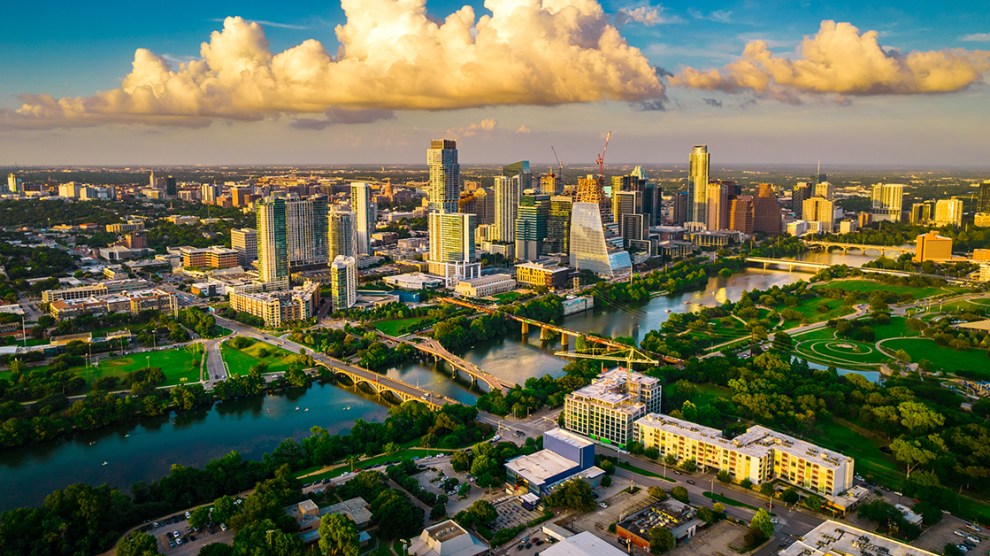Office Pipeline Follows Uneven Trajectory
Sun Belt markets rank at the top of the charts in terms of development activity and construction starts, according to the latest Yardi Matrix office report.
Report Highlights
- Direct asking office rents clocked in at $38.65 per square foot in March, increasing by three cents from February.
- Office vacancy averaged 15.9 percent across the top 50 U.S. office markets
- The under-construction pipeline continues to shrink and included 144.7 million square feet of office space as of March.
- Office transaction volume nationwide totaled $18.9 billion at the end of March, while the average price per square foot stood at $280.
National average full-service equivalent listing rates averaged $38.65 per square foot in March, increasing by three cents from the previous month and 260 basis points year-over-year. Office vacancy nationwide clocked in at 15.9 percent in March, up 20 basis points compared to February and 30 basis points from the same period last year. Gateway markets such as San Francisco (380 basis points), Manhattan (370 basis points) and Chicago (290 basis points) continue to struggle, recording the highest increase in vacancies on a year-over-year basis.
Office transaction volume in the first quarter of 2022 equaled to $18.9 billion, slightly less than the $22 billion in office sales recorded in the first quarter of 2021. Investment activity was concentrated in Seattle ($1.2 billion), closely followed by Dallas ($1.1 billion), while New Jersey, Houston, Bay Area and Manhattan surpassed the billion mark in office sales. Office assets traded at an average $280 per square foot at the end of March, with Manhattan ($921 per square foot), San Francisco ($776 per square foot) and Seattle ($596 per square foot) leading the way in this sense.
The Sun Belt’s hot & cool pipelines
Some 144.7 million square feet of office space was under construction across the nation at the end of March, accounting for 2.2 percent of total stock. Half of this figure was located in urban submarkets—defined by Yardi Matrix as within the city center limits but not located in the Commercial Business District.
Since the onset of the pandemic, Sun Belt markets experienced increased domestic and business in-migration which paved the way for new development. Nationwide, the largest pipelines on a percentage of stock basis were Austin’s (11.5 percent), followed by Nashville (8 percent) and Miami (7 percent). However, while construction activity picked up in some of these markets, others that were hot before the pandemic hit—such as Phoenix—are pointing to a cooldown.
Read the full Matrix Office National Report-April 2022











Add Comment